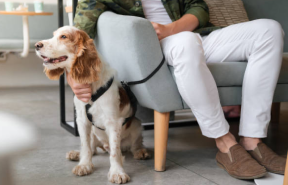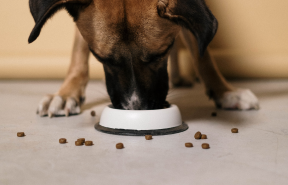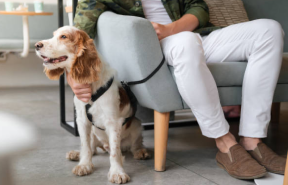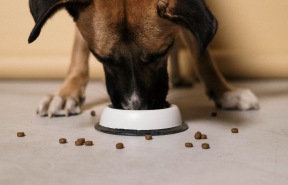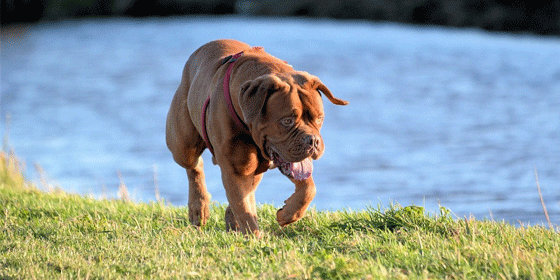The skeleton of the dog is made up of a series of single bones held together by ligaments, tendons and muscles. The carpus is the correct term for the complex joints in the lower front limb of the dog that is equivalent to the human wrist. However, the carpus differs from our wrist since the forelimbs carry nearly three quarters of the dog's body weight. Injuries to the carpus are relatively common in dogs with an active lifestyle such as those engaged in agility sports.

just above the carpus the radius and ulna bones run downwards in a more or less vertical direction and are firmly fused to each other. The carpus is composed of seven small carpal bones: the radial carpal bone, ulnar carpal bone, accessory carpal bone, first carpal bone, second carpal bone, third carpal bone, and fourth carpal bone. These seven bones form a very complex set of joints.
The carpus moves in essentially three major places:
- Between the lower ends of the radius and ulna and the radial and ulnar carpal bones. This joint has the greatest capacity for movement, with about 80 percent to 90 percent of carpal motion occurring through this joint.
- The middle carpal joint is formed between the radial and ulnar carpal bones and carpal bones I, II, III, and IV. Numerous short ligaments reinforce this joint by passing between the rows of bones as well as between the bones of each row. The middle carpal joint is responsible for about 10 percent to 15 percent of carpal motion.
- The lower joint is formed between carpal bones I, II, III, and IV and the base of metacarpal bones I, II, III, IV, and V. This joint is supported by numerous short ligaments, as is the middle carpal joint. This joint is responsible for about five percent of carpal motion.
Most carpal problems cause similar signs. The dog frequently carries the limb with the carpus flexed. It is unusual for the dog with such an injury to put any weight on the affected leg. If you feel the affected joint, you will probably notice swelling, pain, and possible excessive looseness in the joint associated with reduced support from ligaments.
To diagnose a problem in the carpus your vet will need to firstly evaluate the conformation and gait of the dog. A physical examination should be able to pinpoint the site of the problem.
If a bone problem is suspected, then X-rays may be required to obtain an accurate diagnosis.
